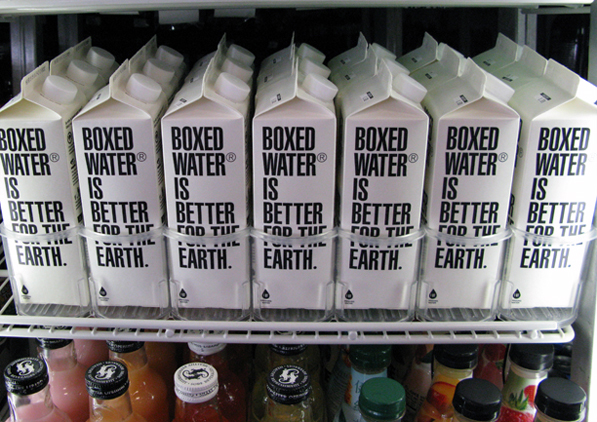Recently, a friend linked me these youtube videos of commercials in Japan for an oil company with English subtitles.


The 2nd video in particular, I thought was somewhat similar to the idea of the Kitto Katsu Message. It’s tying back to the Japanese values of personalized messages and the dedication to passing exams to advance in education. Then, there’s also the Japanese bento boxes prepared especially by mom.

Tokyo Gas, for whom this commercial was made, is in fact a utility company. So what does it have to do with exams and bentos?
I also went onto their company website, and there, they have a section on Corporate Social Responsibility. In fact, under this section, they talk about their focus on education and children as the leaders of tomorrow (with an accompanying bento game about each bento’s impact on the environment).
I realize that they may perhaps be trying to associate their company brand with ideas of tradition and family ties and away from the cold, distant big oil company feel. So next to corporate social responsibility, I’d say this is really about brand associations, especially the brand personality. It shows that Tokyo Gas isn’t just about buying (increasingly expensive) oil to fuel your car, Tokyo Gas is also about family, love, support, and closeness. After watching this commercial, I’m sure consumers already get a warmer feeling towards this brand. These two commercials (one from the father’s perspective and one from the mother’s), I believe, really touch the values of Japanese culture and daily norms. This may in fact help build brand awareness and loyalty, leading to greater brand equity. I also love how they did a commercial for each parent’s perspective as well as partly the child’s perspective in both. I think it really helps appeal to both genders and age groups (potential and current customers) of their target market – likely all driving adults in Japan.
And as finals are coming up, these came up at a rather appropriate time for me. Ganbatte!
——
http://8tokyo.com/2010/10/05/the-tokyo-gas-commercial-compilation-of-bento-mails/
http://www.coloribus.com/adsarchive/tv-commercials/tokyo-gas-family-ties-message-in-a-bento-box-14242755/
http://justbento.com/handbook/bento-basics/great-question-whats-difference-between-lunch-box-and-bento


